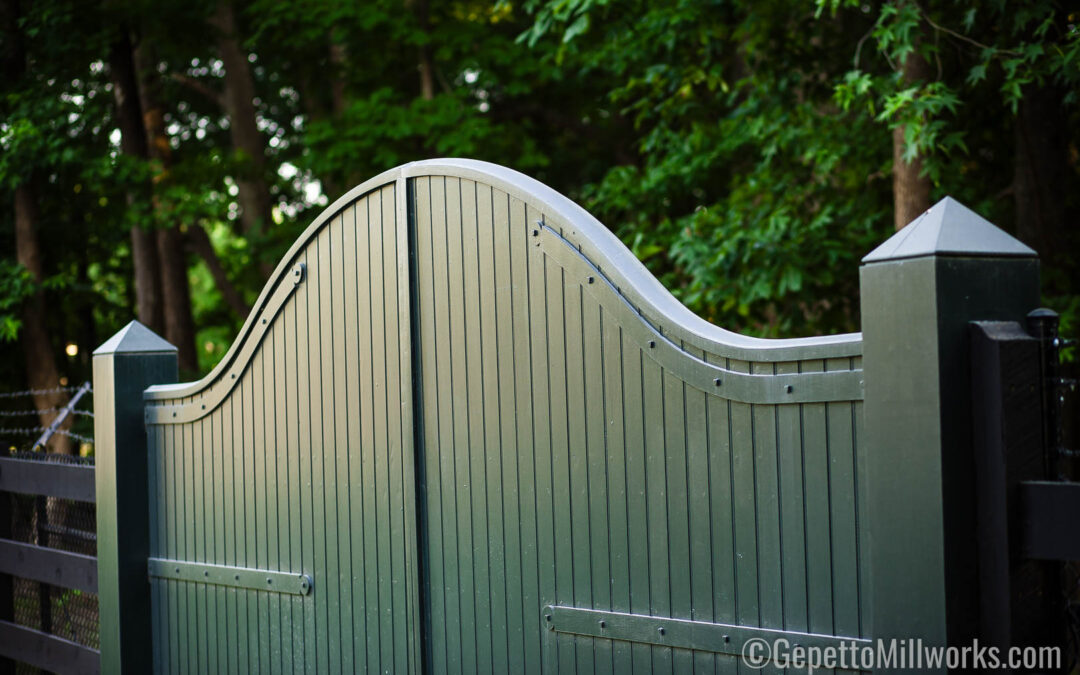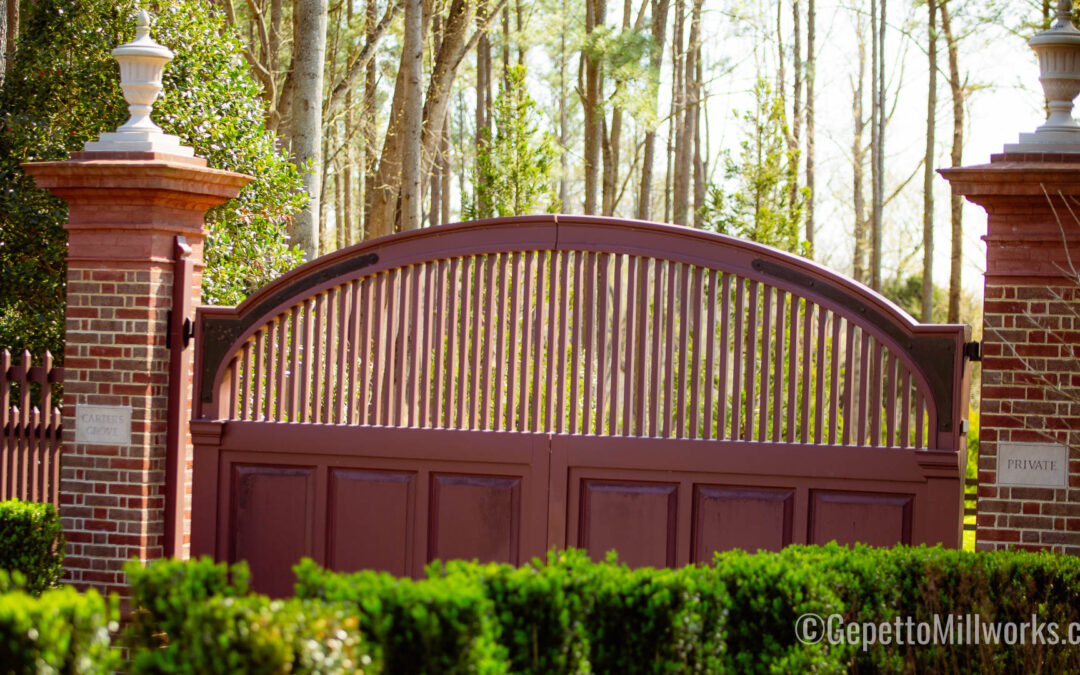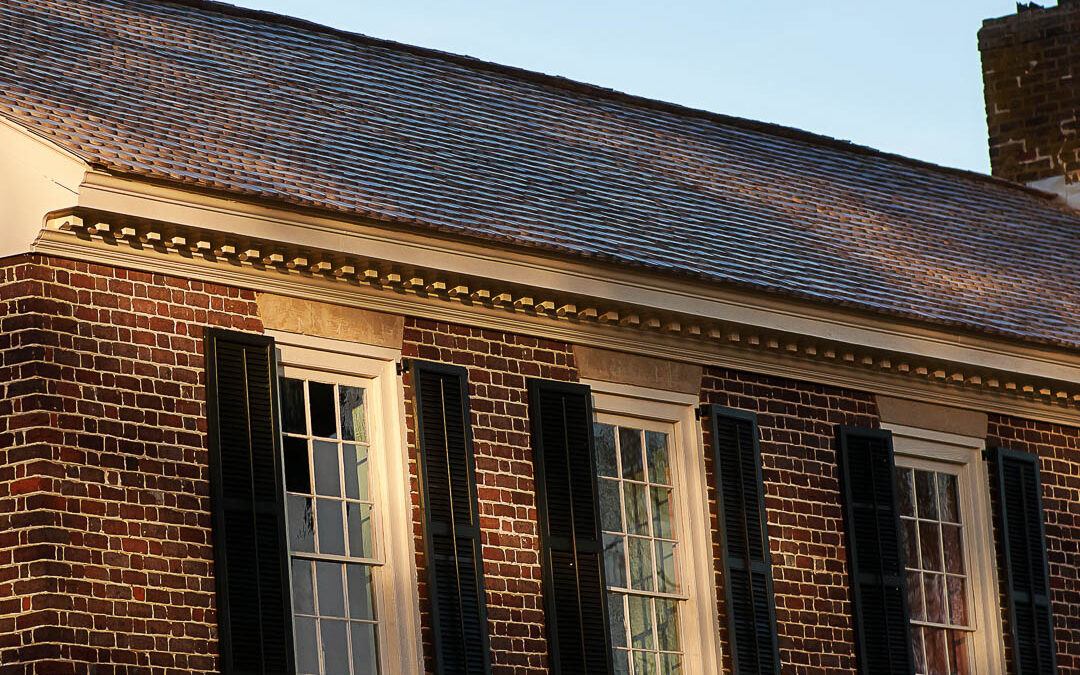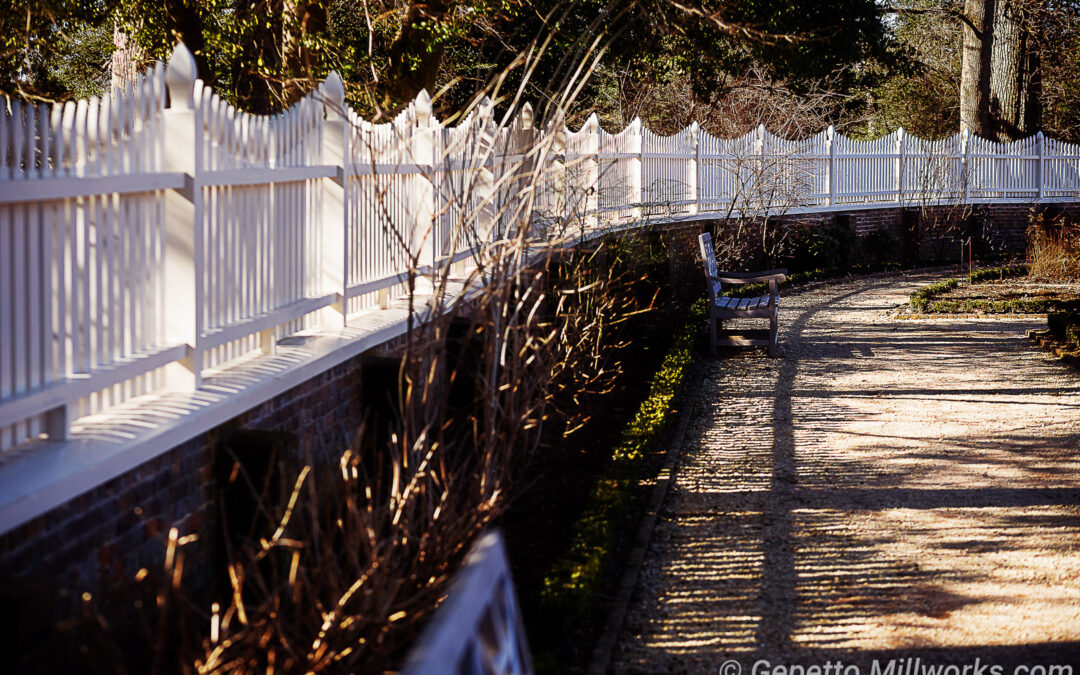
by Gepetto Millworks | Apr 21, 2024 | Custom Millwork, Wooden Shutters, Wooden Windows
Accoya Approved ManufacturerWe have been using Accoya Acetylated wood for exterior applications since it’s introduction into the United States market in 2012. Acetylated wood stands truer and weather’s better – read the acdemic articles below to...

by Gepetto Millworks | Apr 17, 2024 | Old Window Restorer, Wooden Windows
Windows made of Accoya Acetylated Wood In the heart of the Blue Ridge Mountains craftsmanship meets innovation in the form of Solid Wood windows made at Gepetto of Accoya Acetylated Wood. Your new windows will stand as a testament to old world historic quality and...

by Gepetto Millworks | Apr 17, 2024 | Historic Wood Doors, Solid Wood Doors
Unlock the Value of Accoya Acetylated Wood Doors by Gepetto Millworks: Elevating Architectural Millwork Across Virginia Doors are more than just functional elements within architectural design; they serve as gateways that seamlessly blend practicality with aesthetics...

by Gepetto Millworks | Mar 19, 2024 | Custom Millwork, Wooden Shutters
Handmade Wooden ShuttersHandmade Wooden Shutters are a fixture in Virginia Historic Preservation Gepetto has specific tooling and craftsmen to supply historic renovation Accurate Materials and TechniqueAccurate Materials and Technique restore with integrity to the...

by Matthew Wiley | Oct 18, 2023 | Historic Restoration, Virginia
Full passthrough mortise joints. Hand smithed historically accurate gate hinges. Virginia, often referred to as the “Mother of Presidents,” boasts a rich historical heritage that includes the homes and estates of some of America’s most iconic...

by Matthew Wiley | Oct 17, 2023 | Historic Restoration, Wooden Windows
In the world of construction and preservation, few elements evoke the same sense of wonder and complexity as round windows in historic buildings. These architectural marvels have graced our cities for centuries, captivating the imagination with their intricate designs...










